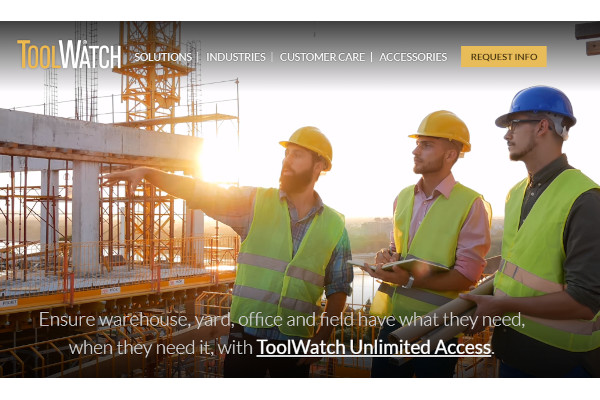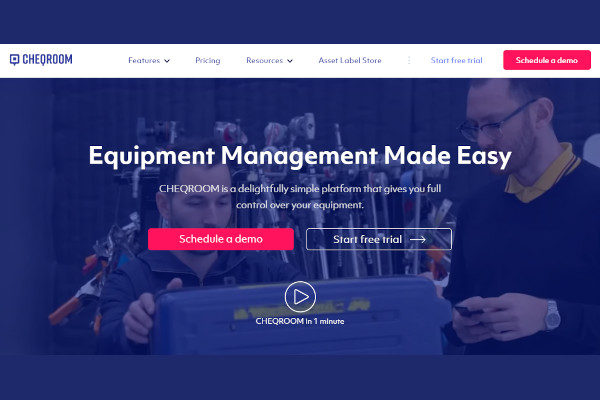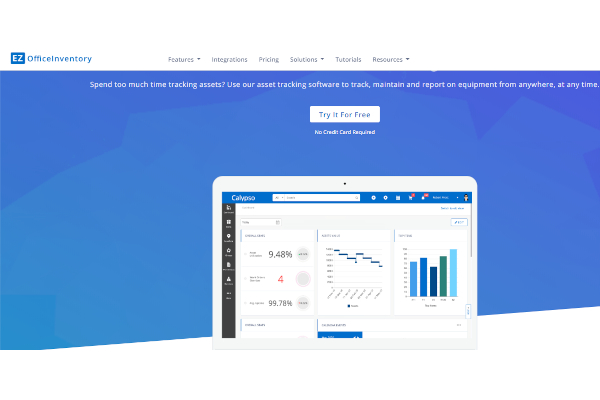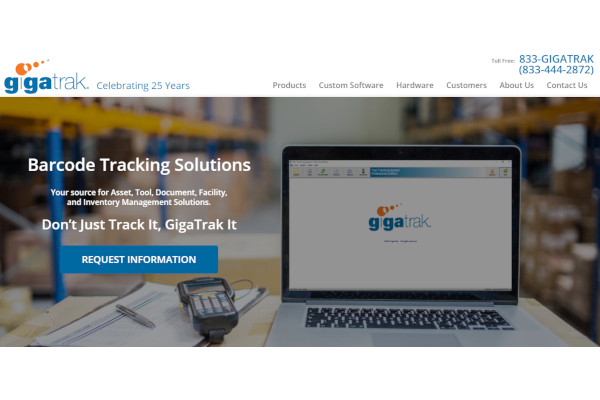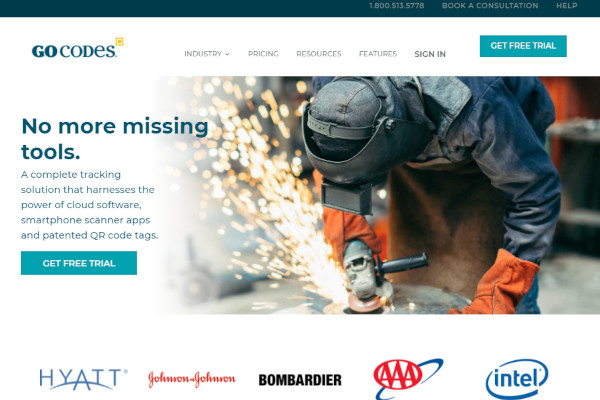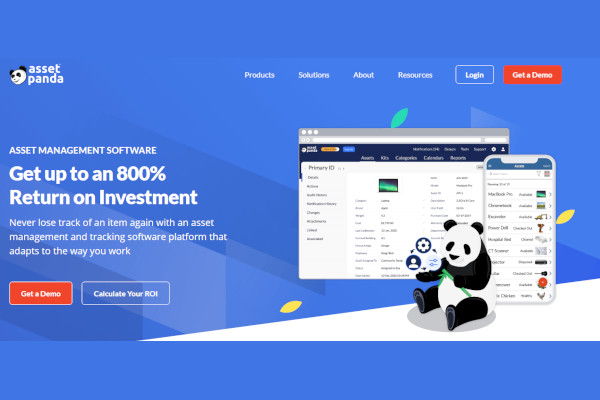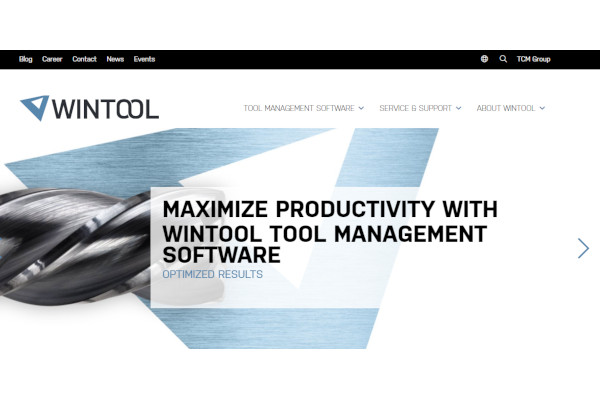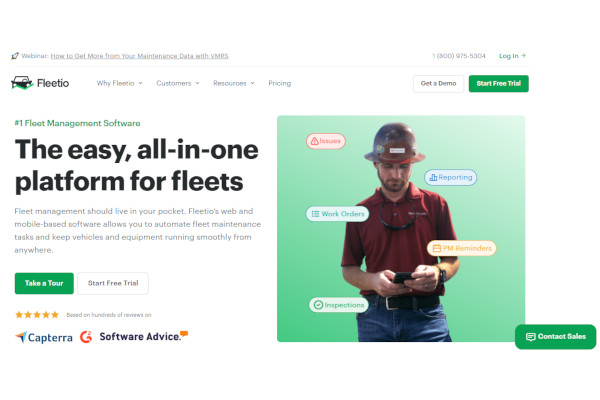Tools keep the business running. If you have lacking, missing, or damaged tools, it can affect your overall business operation. This is why tool tracking (or tool management) is a must. Doing this ensures you have the right tool at the right and the right place. Instead of the ever-daunting manual monitoring of tools, go for the more streamlined option. Use the tool management software that best fits your business’s needs.
11+ Tool Management Software
1. ToolWatch
2. CHEQROOM
3. EZOfficeInventory
4. ToolHound
5. GigaTrack
6. GoCodes
7. Asset Panda
8. WinTool
9. Tracker7
10. Fleetio
11. Tool and Asset Manager
12. TDM
What Is Tool Management and How Can the Software Help?
One important point to remember in managing tools is that tools ensure product quality and keep the overall operation of the business running smoothly. After all, tools do the value-adding work. When the machine stops or if the required tools are lacking, this becomes a production planning challenge. This is what makes tool inventory — tracking tools’ physical locations and usage — a vital part of your business operation.
Another important aspect of tool management is the data. The data typically represent a historical record of tool usage (as well as tool wear), scheduling of maintenance according to tool usage, quantity, specific types, and when tool replacement is needed. What a complicated process, isn’t it? Fret not because you have an array of tool tracking apps to help you.
Want to know the benefits of these software tools? Read on further!
Benefits
Tool management software tools are a breakthrough in planning and production for an efficient tool tracking system. Through this software, you can safely keep and centralize the data of your tools (e.g., equipment, machinery, etc.) to ensure it is available and secure transparent data flow across all process steps.
For you to know further about the benefits of using a tool tracking software, here is a list of them you need to consider:
– maximized efficiency in tool management, thereby increasing productivity
– lesser machine downtime and faster lead times
– duplicatable cutting values
Features
Tool tracking software solutions let you check tools in and out via barcode or any unique identifiers. These identifiers are associated with each checked-out tool with an employee record, thereby increasing accountability. As a rule of thumb, a tool tracking software should offer features that are specifically geared toward tracking tools (not just general assets) and let you control inventory and track the tools’ locations.
Top 10 Tool Management Software
1. EZOfficeInventory
Launched in 2011, this leading asset lifecycle management software enables users to create POs, schedule services, and manage vendors effortlessly. The company’s estimated annual revenue is currently at $3.3M. EZOfficeInventory has 23 employees.
2. GoCodes Asset Management
GoCodes Asset Management was launched in January 2021 to provide a tool and equipment management solution for middle-sized businesses. This tool enables you to track and manage your tool in and out using any computer or mobile device. The company has 5 employees and generates $942,000 in revenues.
3. Asset Panda
This powerful cloud/mobile app asset tracking platform helps users track, manage, and support their assets through their life cycle. Asset Panda currently has an estimated annual revenue of $9.6M and 66 employees working to make this possible.
4. ToolWatch Enterprise
This cloud-based asset management software lets you track tools, materials, and equipment to provide visibility and control over your assets. ToolWatch Enterprise currently generated $2M in revenue and has 25 employees.
5. ToolHound
ToolHound’s unmatched equipment and tool management software delivers performance and usability needed to help users gain control of tool inventory. Many companies, from small to large enterprises, rely on this software product to increase staff accountability and productivity, reduce cost, and improve efficiency. The company currently has 12 employees and currently generated an estimated annual revenue of $1.7M.
6. SimplyRFID Wave: Enterprise RFID Inventory
SimplyRFID Wave leverages RFID to reduce inventory times from days to minutes. The company has $3M in revenue and has 21 employees.
7. Tracker 7
Many industries (e.g., construction companies, municipalities, utilities, the military, and oil and gas companies) rely on this software tool as it increases employee accountability and reduces costs.
8. Cribware
Introduced in 1984, CRIBWARE has since then been used as a total crib automation system. This software tool offers management and control of perishable and permanent tools, gages, fixtures, dies, punches, shelf life items, and other accessories.
9. Fleetio
Fleetio was founded in 2012 to help businesses manage fleets from anywhere. The company currently has an estimated revenue of $15.1M and 118 employees.
10. GigaTrak Tool Tracking System
GigaTrak Tool Tracking System lets businesses reduce losses by holding employees and subcontractors accountable for tools used. The company has a $12M estimated annual revenue and 25 estimated number of employees.
FAQ
What Is the First Sign That My Tool Needs Replacement?
If you see faulty wires, rusted blades, or broken teeth and shattered handles, better replace your equipment immediately to avoid safety hazards.
Who Is/Are Responsible for Faulty Equipment?
In most cases, it’s actually both the employer and the manufacturer who can be held liable. For instance, the equipment purchased was faulty, the manufacturer is to blame, but if the company chose to use it anyway, it is their liability too.
What to Do with Workplace Injury?
Injury caused by machinery in the workplace should be reported to the employer as soon as possible. If transported to the emergency, you may report your injury after you are discharged.
It’s time you put an end to using logbooks and other process steps in manually managing machinery and equipment. Go for the more streamlined option. Easily monitor your tools, hold your employees and subcontractors accountable (no questions asked), and make informed decisions in your next procurement using tool management software. Get yours today!
Related Posts
10+ Best Chemical Software for Windows, Mac, Android 2022
12+ Best Vulnerability Scanner Software for Windows, Mac, Android 2022
4+ Best Bundled Pay Management Software for Windows, Mac, Android 2022
10+ Best Trust Accounting Software for Windows, Mac, Android 2022
10+ Best Patient Portal Software for Windows, Mac, Android 2022
13+ Best Virtual Reality (VR) Software for Windows, Mac, Android 2022
12+ Best Bed and Breakfast Software for Windows, Mac, Android 2022
15+ Best Resort Management Software for Windows, Mac, Android 2022
14+ Best Hotel Channel Management Software for Windows, Mac, Android 2022
12+ Best Social Media Monitoring Software for Windows, Mac, Android 2022
10+ Best Transport Management Software for Windows, Mac, Android 2022
10+ Best Other Marketing Software for Windows, Mac, Android 2022
10+ Best Top Sales Enablement Software for Windows, Mac, Android 2022
8+ Best Industry Business Intelligence Software for Windows, Mac, Android 2022
10+ Best Insurance Agency Software for Windows, Mac, Android 2022

